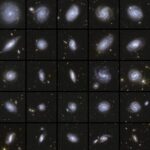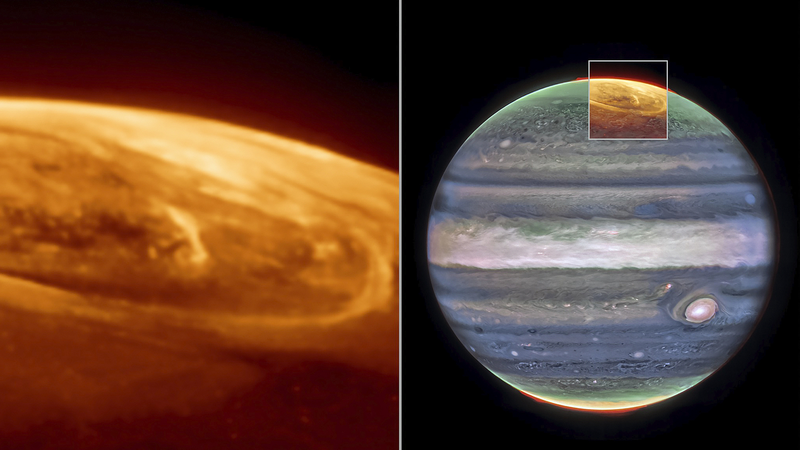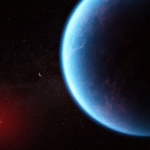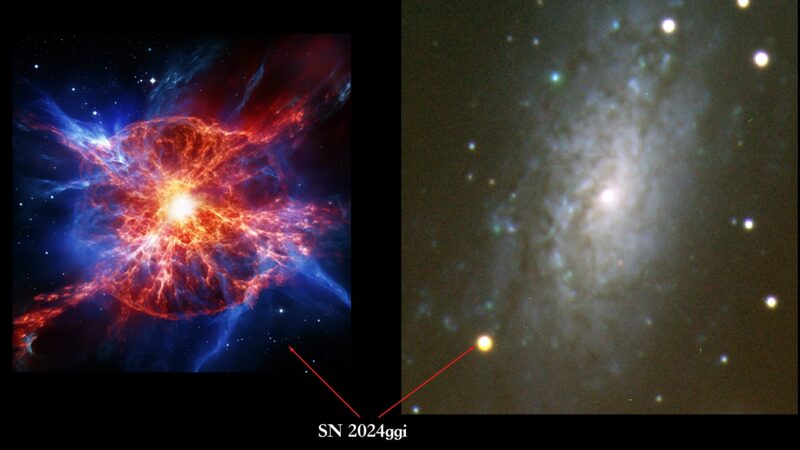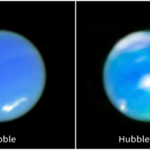Hold onto your space helmets, folks! 🌠 NASA's James Webb Space Telescope (JWST) just dropped a cosmic bombshell: planet-forming disks in the early universe lasted way longer than we thought, giving alien worlds more time to grow. Think of it like a cosmic slow cooker for planets! 🪐
Back in 2003, Hubble spotted signs of a massive planet orbiting an ancient star nearly as old as the universe itself. But how could planets form so early when stars back then lacked heavy elements like iron and silicon—the 'Legos' of planet-building? 🤔
Fast-forward 20 years: JWST studied stars in a neighboring galaxy similar to the early universe's chemical makeup. Surprise! Not only do these stars have planet-making disks, but those disks are more durable than ones in our Milky Way. 🌀 'Webb confirmed Hubble’s discovery and flipped our theories,' says study leader Guido De Marchi. Turns out, baby planets had extra time to bulk up—some growing bigger than Jupiter! 🌪️
Why does this matter? It’s like discovering nature had a secret recipe for planet-making 13 billion years ago. Scientists now need to rewrite the cosmic rulebook on how worlds are born. 📖✨
Reference(s):
Webb finds planet-forming disks lived longer in early universe
cgtn.com
